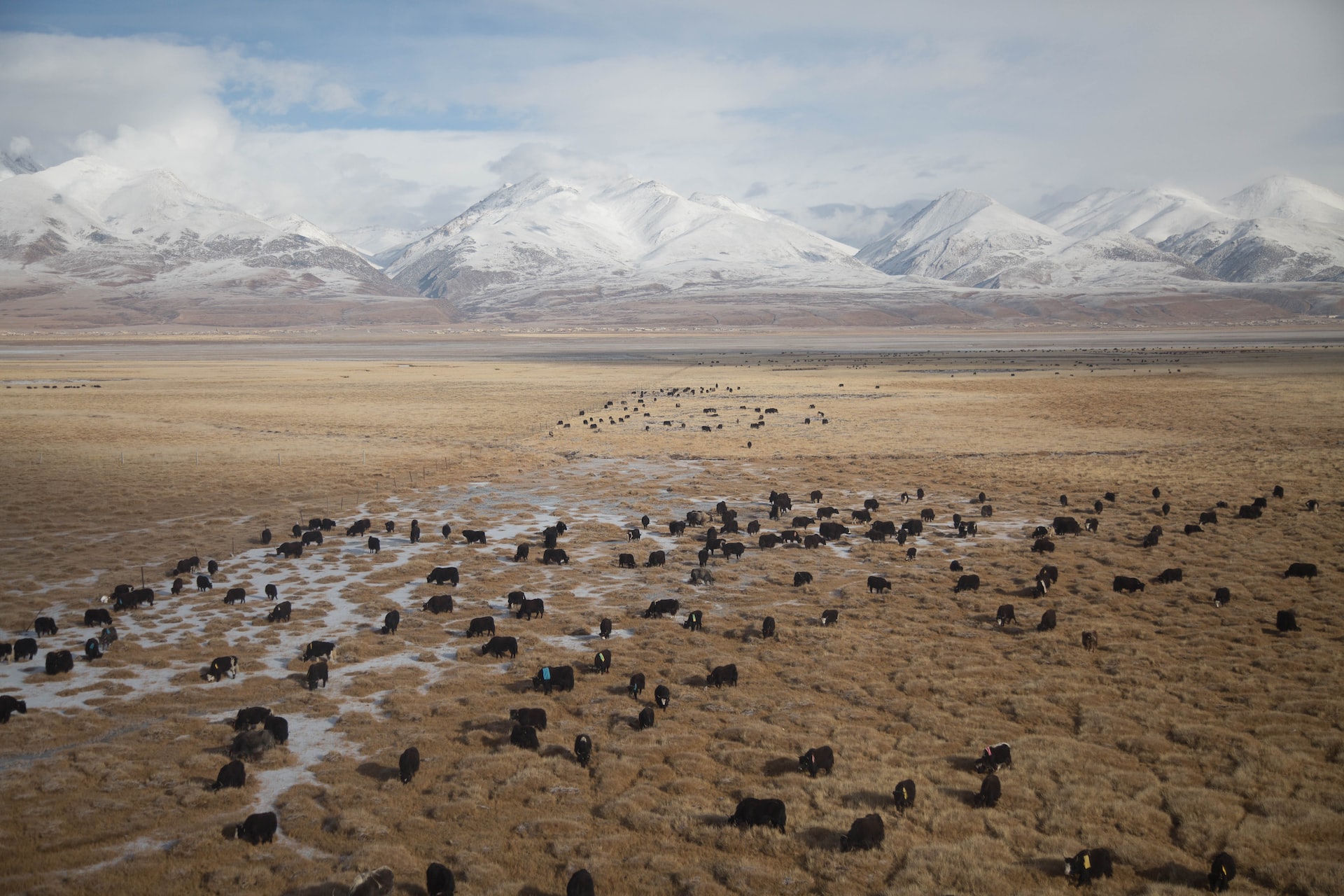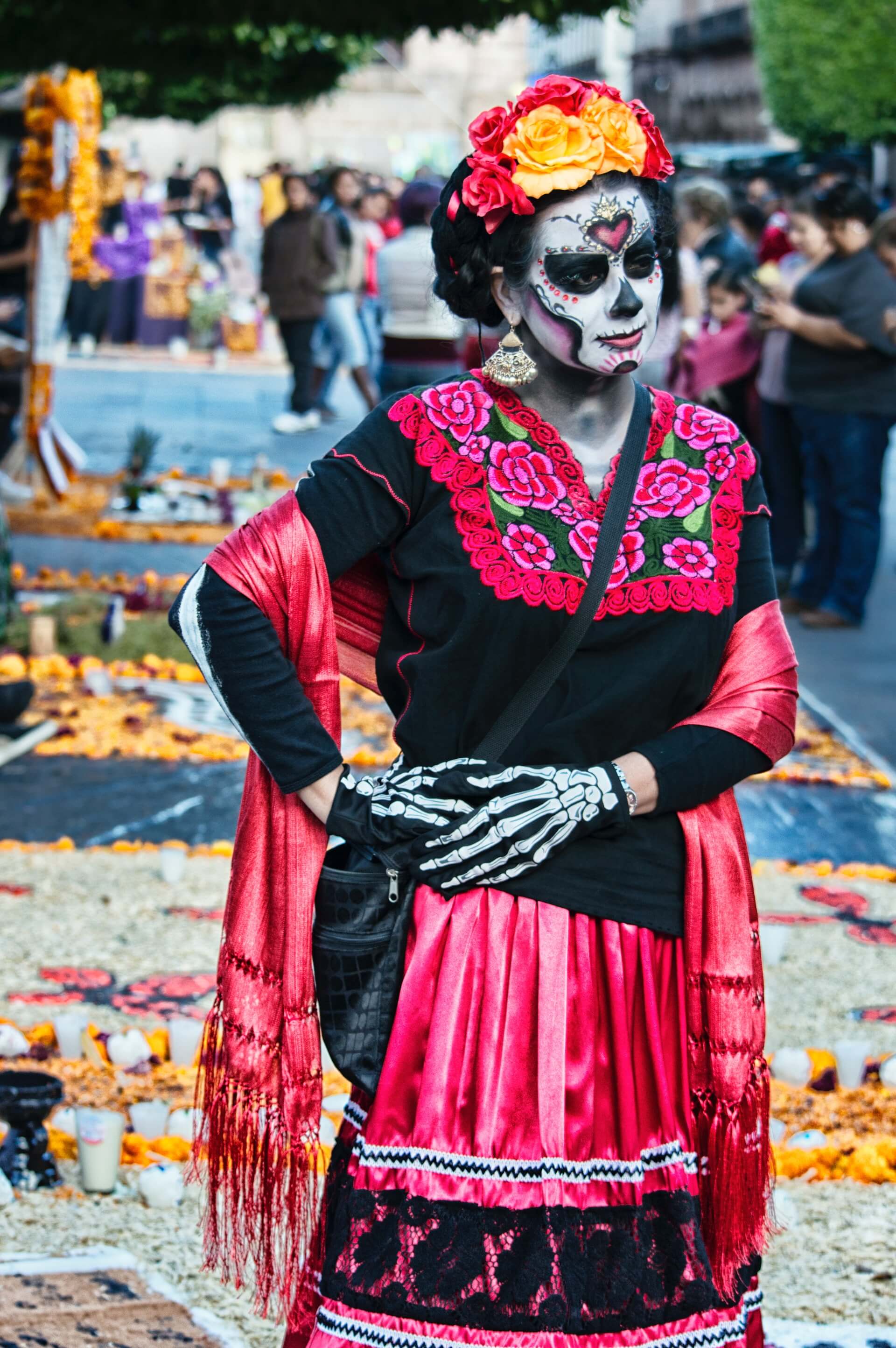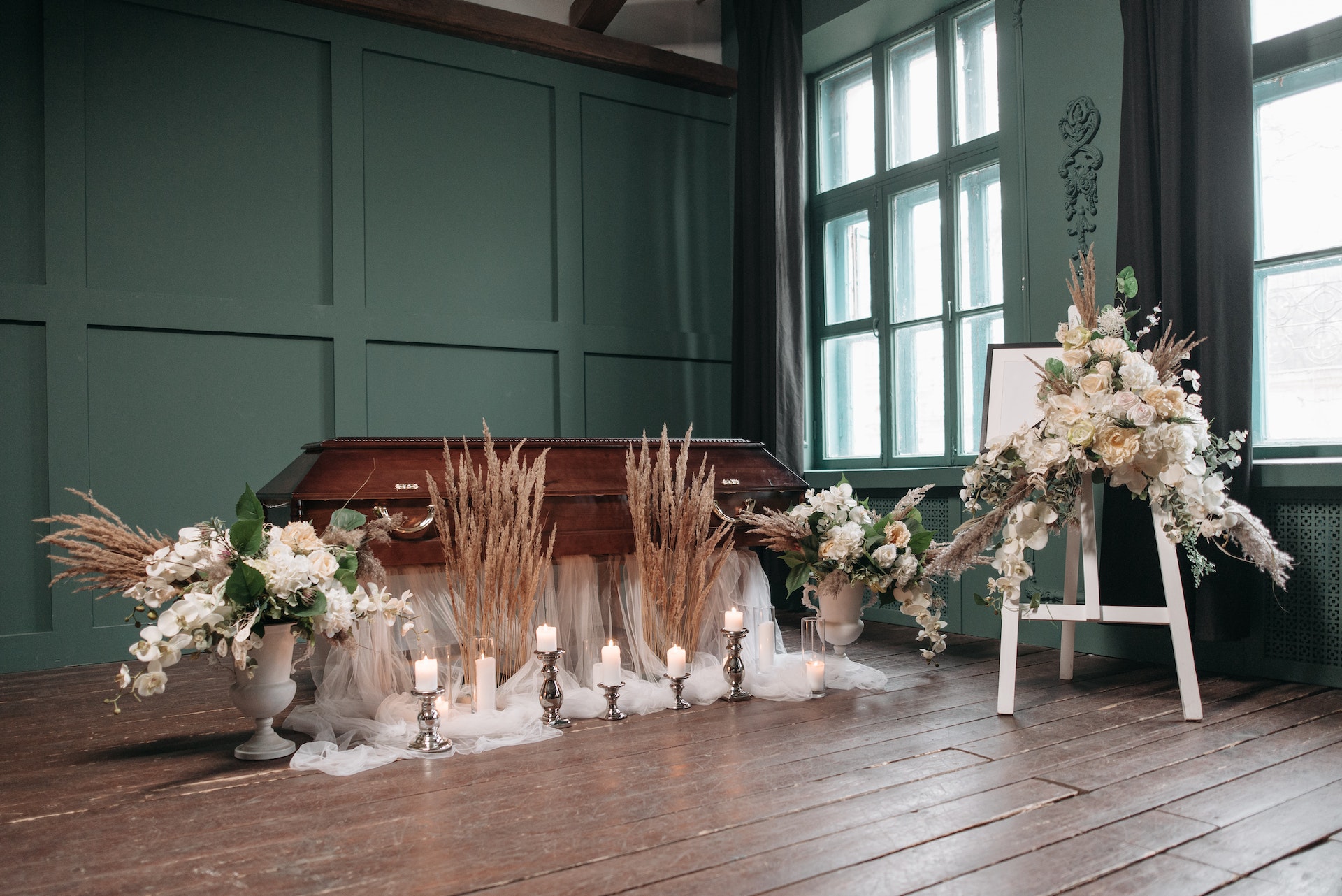
Unusual and bizarre forms and rituals of burial worldwide
Tomatenschlachten und Osterprozessionen in Spanien. Thanksgiving-Truthähne und Küsse unter dem Mistelzweig in Amerika. Oder Karaoke-Nächte und Kirschblütenfeste in Japan. Reisende wissen: Das Sprichwort „Andere Länder, andere Sitten“ bewahrheitet sich immer wieder. Und sogar Regionen innerhalb ein und desselben Landes konnten sich einzigartige Bräuche, Sitten und Rituale bewahren.
Man denke nur an das Narzissenfest im Ausseerland. An Perchtenläufe in Tirol. Oder an die Wiener Kaffeehauskultur. Trachten, Speisen, Tänze und natürlich unsere regional gefärbte Sprache sind weitere Aspekte, die untrennbar mit der Region, in der wir aufgewachsen sind, verbunden sind. Kein Wunder also, dass auch die Bestattungskultur eines jeden Landes bzw. einer jeden Region einzigartig ist: Weltweit haben sich viele verschiedene Bestattungsformen und -rituale entwickelt. Im Blogbeitrag stellen wir ein paar außergewöhnliche davon vor.
Trauern und Abschied nehmen: Bestattungsrituale weltweit
Ein Grab am Friedhof, eine Urne zu Hause oder eine Seebestattung – in Österreich gibt es mittlerweile einige Bestattungsmöglichkeiten. Drumherum haben sich Rituale etabliert wie zum Beispiel Trauerreden, das Tragen der Farbe Schwarz, Beileidsbekundungen oder das Sich-Verabschieden vom Verstorbenen am offenen Grab mit Blumen und Erde, die auf den Sarg geworfen wird. Wirft man einen Blick über die Landesgrenzen hinaus, so stößt man auf viele weitere Bestattungsformen und -rituale weltweit, die unterschiedlicher nicht sein könnten.
Bestattungsformen und -rituale
Trauer-Animateure und die Farbe Weiß
In China ist die Trauerfarbe Nummer eins nicht Schwarz, sondern Weiß. Und das ist noch nicht alles: Die Chinesen setzen bei ihren Bestattungen nicht nur auf möglichst viele Gäste, sondern hin und wieder auch auf Trauer-Animateure. Diese haben die Aufgabe, mit lautstarkem Weinen, Klagen und Schreien andere dazu zu animieren, ihrer Trauer ebenso freien Lauf zu lassen.
Bestattung im heiligen Fluss
Der Ganges, der zweitgrößte Fluss Indiens, gilt bei den Hindus als heiliger Fluss. Viele finden daher in diesem Strom ihre letzte Ruhestätte: Eine jahrhundertealte Hindu-Tradition ist es nämlich, Verstorbene zu verbrennen und deren Asche im Anschluss daran in den Ganges zu streuen. Der Nachteil: Die ohnehin bereits enorme Verschmutzung dieses Flusses nimmt dadurch stetig zu.
Ein Festmahl für die Geier
Zugegeben: Es klingt makaber. In Tibet werden Verstorbene in Gerste und Yakbutter eingerieben oder zerkleinert und in die Steppe transportiert. Dort freuen sich Geier über dieses Mahl. Die Gründe hierfür klingen aber logisch: Die Steinböden des zentralasiatischen Raums lassen Erdbestattungen mit Gräbern einfach nicht zu. Diese Form wird übrigens Himmelsbestattung genannt. Man kann es auch so sehen: Wer Glück hat, dessen Überreste begeben sich mit den Geiern noch einmal auf eine letzte Reise.
Hängende Särge zwischen Felsen und Klippen
Särge, die an Felsklippen hängen – das ist ein Bild, an das wir Europäer uns wohl erst gewöhnen müssten. Auf den Philippinen ist der Brauch, Verstorbene in hängende Särge zu geben und diese zwischen Klippen oder Felsspalten zu befestigen, jedoch nicht ungewöhnlich. Vor allem das indigene Volk der Igorots glaubte, dass Tote unter der Erde erstickten und ihre Seele bei einer Erdbestattung nicht frei wäre.

Tanzen mit den Toten
In Madagaskar holen Angehörige die Toten Jahre nach der Beerdigung noch einmal aus dem Grab – und zwar zum Tanzen. Diese rituelle Umbettung wird als Famadihana bezeichnet – und die gesamte Dorfgemeinde feiert mit. Die Toten werden hierfür in neue Seidentücher gewickelt, es gibt ein Festessen und Musik. Dies soll die Verbindung zu den Verstorbenen verstärken und gehört definitiv zu den skurrilsten Bestattungsformen und -ritualen weltweit.
Letzte Ruhe in Flaschen oder Früchten
Den Ghanaern wären unsere Särge wohl zu trist und fantasielos – stattdessen setzen sie auf Kreativität und schaffen Unikate, die das Leben des Verstorbenen charakterisieren. Wer möchte, findet die letzte Ruhe so in einer übergroßen Weinflasche, im Bauch einer Kuh aus Holz oder in einer farbenfrohen Ananas.
Asche zu Rasen
Die Liebe zum Fußball ist für manche unendlich – und soll daher auch über den Tod hinausgehen. Möglich machen dies einige namhafte Vereine wie etwa Manchester United. Ein professioneller Bestattungsservice, üppige Dekorationen und schließlich das Verstreuen der Asche des Verstorbenen am „heiligen Rasen“ im Stadion oder hinter der Torlinie sind die wichtigsten Bestandteile dieser Bestattung.
Karneval am Grab
Der Día de los muertos der Mexikaner steht zwar nicht mit dem unmittelbaren Begräbnis in Verbindung, darf in unserer Liste der außergewöhnlichsten Bestattungsformen und -rituale weltweit trotzdem nicht fehlen: Die Feierlichkeiten finden in der Nacht zum 1. November statt. Dann verkleiden sich die Mexikaner als Skelette und die Straßen werden zu Ehren der Verstorbenen mit Altären dekoriert. Zu späterer Stunde treffen sich Angehörige am Grab des Toten, bringen Geschenke mit, essen zusammen und zelebrieren das Gefühl, einstigen Herzensmenschen noch einmal ganz nah zu sein. Denn ihr Glaube besagt, dass in dieser Nacht die Toten zurück auf die Erde kommen, um bei der Familie zu sein.

Persönliche Rituale und Erinnerungsstücke
Auch wenn es in jeder Kultur und Gesellschaft bestimmte Beerdigungsrituale gibt, so sollten Sie sich beim Trauern von niemandem beeinflussen lassen. Finden Sie stattdessen selbst heraus, was Ihnen guttut, was Ihnen beim Loslassen hilft oder Sie dabei unterstützt, mit dem Verlust eines geliebten Menschen oder Tieres umzugehen.
Eine Möglichkeit kann es auch sein, den Herzensmenschen oder das Herzenstier immer bei sich zu tragen – zum Beispiel in Form eines Edelsteines.
Wir von Mevisto brauchen hierfür nur 10 g Haar oder 50-100 g Asche und personalisieren Ihnen gerne einen Stein für die Ewigkeit, der Sie immer an besondere Wegbegleiter Ihres Lebens erinnert.

